The simulator includes dry lab and wet lab training modules. All uterus models are anatomically correct including vaginal vault, cervix and intrauterine landmarks. The dry lab models have interchangeable pathologies for practising diagnosis and intraoperative management of polyps, intrauterine adhesions and fibroids. The pathologies produce natural haptic feedback and are a low-cost way of delivering repeated practice of these core hysteroscopic skills. The simulator must be connected to a laptop or PC with the Totum software downloaded to complete these training modules.
Performance data is captured and displayed in Totum and can be downloaded and added to surgical training portfolios and logbooks.
Key features:
- Natural haptic feedback through synthetic soft tissue models
- EMIGS curriculum integration
- Full procedure simulation
- Trigger and manage intraoperative complications
- Objective feedback on key metrics of surgical performance
- Performance tracking on validated curricula
- Record and review training progress with online portfolio hosted in Totum
LapAR
Specifications
- Computer not included
- Not for human use
- Requires assembly
- Minimum computer specs required, see downloads
What's Included
- 1x uterus mounting case and table mount
- 1x clamp for fixing uterus mounting case and table mount
- 1x hysteroscopic scissors
- 1x hysteroscopic biopsy forceps
- 2x non pathological uterus models (00001316)
- 1x fibroid uterus (dry lab)
- 1x pack of adhesions (dry lab)
- 1x pack of polyps (dry lab)
- 1x bottle of lubricant
- 1x 4mm, 0° or 30° hysteroscope (depending on centre preference)
- 1x hysteroscope sheath
- 1x endoscopic camera
- 1x light lead
- 1x USB powered light source
- 1x wheeled carry case
Downloads
Request a quote

Advanced Hysteroscopic module.
Hysteroscopic RPOC
Reproductive healthcare presents uniquely complex and sensitive health issues, and managing miscarriage and retained products of conception (RPOC) requires effective and efficient treatment.
Treatment with direct visualization should be the norm, and developments within intrauterine shavers has paved the way for effective treatment.
This model features both endothelial and trophoblastic pathologies within the cavity, which can be treated with intrauterine shavers, bipolar devices and basic instrumentation.
This module allows the user to approach an RPOC with both endothelial and trophoblastic pathology to treat with TRS or Bipolar devices.
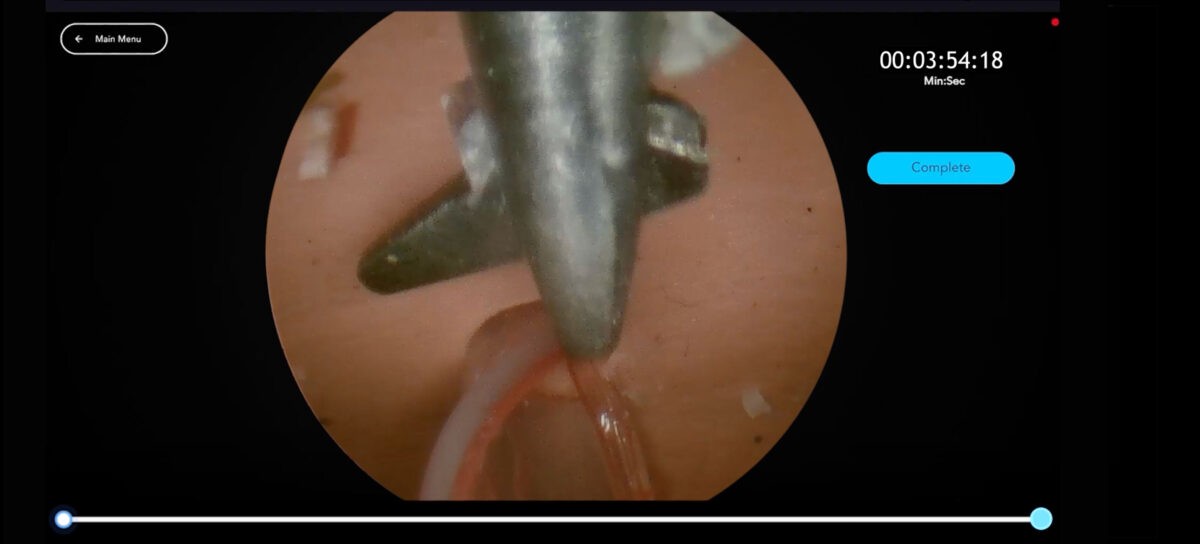
Basic Hysteroscopic instrument use.
Hysteroscopic Adhesiolysis
Uterine adhesions are scar tissue that often bind the anterior and posterior walls of the uterine cavity together. When these are present, it is comminly due to previous uterine trauma or surgery.
These adhesions have a huge impact on fertility and are treated surgically using hysteroscopy.
In this dry lab module, you will use hysteroscopic scissors and forceps to dissect the adhesion and return the cavity to its normal shape and anatomy.
You can also practice your camera holding skills here with the anatomically correct uterus. The vaginal canal and uterine cavity is distended to simulate the presence of fluid management.
The uterus model is reusable.
This module allows the user to complete a Hysteroscopic Adhesiolysis using Hysteroscopic scissors in a dry lab environment.
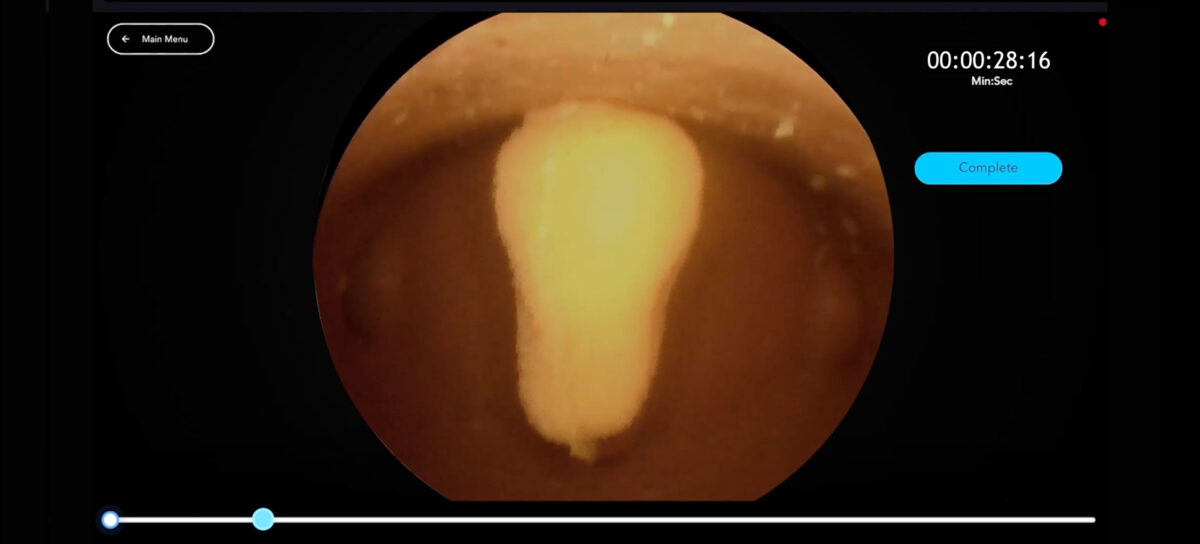
Basic Hysteroscopic instrument handling.
Hysteroscopic Polypectomy - Dry Lab
Uterine Polyps grow from the endometrium of the uterus wall, and protrude into the uterine cavity. Although these can be symptomless, they can also cause pain, irregular bleeding, cause infertility and can be cancerous.
In this dry lab module, you will use hysteroscopic scissors and biopsy forceps to hone the basic skills of operative hysteroscopy.
This is also an ideal environment to practice your hysteroscope handling skills, with an anatomically correct uterus. The vaginal canal and uterine cavity is distended to simulate the presence of fluid management.
The uterus model is reusable.
Uterine Polyps grow from the endometrium of the uterus wall, and protrude into the uterine cavity. Although these can be symptomless, they can also cause pain, irregular bleeding, cause infertility and can be cancerous.
In the wet lab lab module, you can use whichever instrumentation you are familiar with, from basic scissors and forceps to intrauterine shavers and bipolar devices.
This is also an ideal environment to practice your hysteroscope handling skills, with an anatomically correct uterus. The vaginal canal and uterine cavity is fully sealed to allow use of fluid management.
Each model houses between 10 and 12 polyps.
This module allows the surgeon to complete a Hysteroscopic polypectomy in a dry lab setting. The user can choose Hysteroscopic scissors or Biopsy forceps to complete the task.
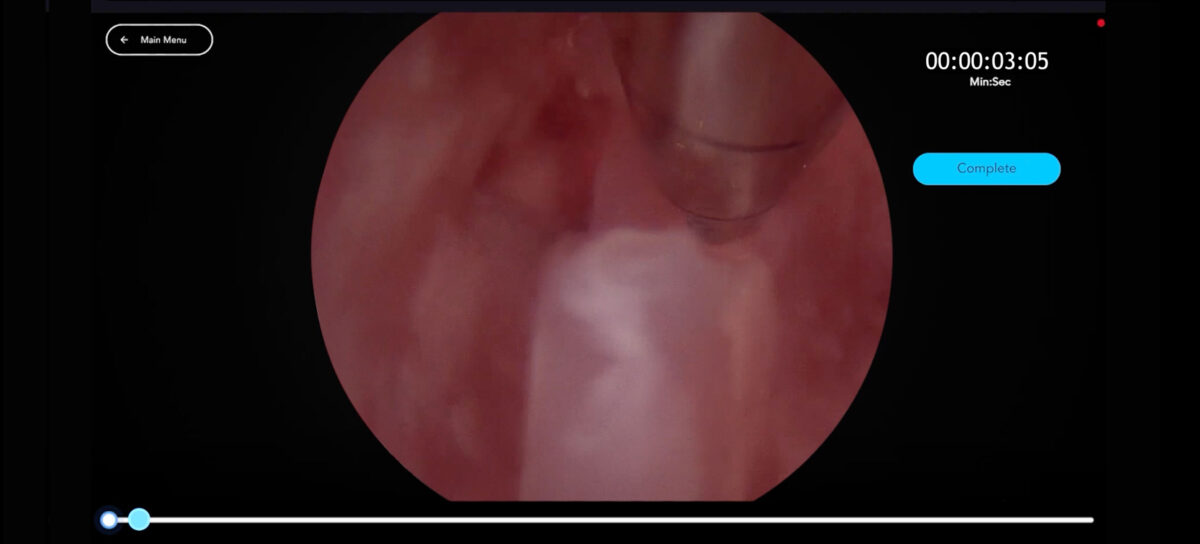
Hysteroscopic Septum treatment module.
Hysteroscopic Septum
A Septate Uterus, or Uterine Septum is a congenital condition where a fibrous tissue divides the uterus in two halves. This condition has a huge impact on female fertility and needs to be dealt with if the patient is wanting to fall pregnant. Sometimes, this can be achieved through pharmaceutical therapy, but the most effective route is through Hysteroscopy.
In this case, the Uterine Septum presented is a Partial Septum, meaning it is contained within the uterus cavity. The pathology can be operated on using scissors, electrosurgery or your shaving device.
This module allows the user to treat a partial Uterine Septum using TRS, manual or Bipoloar enabled devices.

Advanced Hysteroscopic Module on the HystAR.
Hysteroscopic Visual D&C
A visual Dilation and Curettage (D&C) is a medical procedure that involves the dilation of the cervix and the surgical removal of part of the lining of the uterus and/or contents of the uterine cavity.
The benefits of a visual D & C include:
Increased Accuracy: Visualization allows for targeted shaving and removal of tissue, increasing the accuracy of the procedure.
Diagnostic Clarity: Direct visualization helps in diagnosing structural abnormalities within the uterus.
Reduced Complications: Visualization helps in avoiding excessive tissue resection and minimizes the risk of perforating the uterus.
This module allows the user to practise the essential skill of circumferential sampling under vision. The non pathological uterus allows for multiple approaches to be made.

Wet lab resection of Intrauterine fibroids.
Hysteroscopic Fibroid Removal
Uterine Fibroids, or Myomas, are common growths of the uterus. Depending on their size, these can distort the internal anatomy of the uterine cavity and impact fertility if not treated. Common symptoms include heavy menstrual bleeding, abdominal pain, frequent and painful urination and ongoing tiredness.
The case you are presented with here includes three submucosal fibroids - x1 anterior, x1 posterior and 1x fundal.
This module allows the user to complete a fully wet lab Hysteroscopic fibroid removal. Compatible with all TRS and Bipolar energy devices. Three fibroids included.
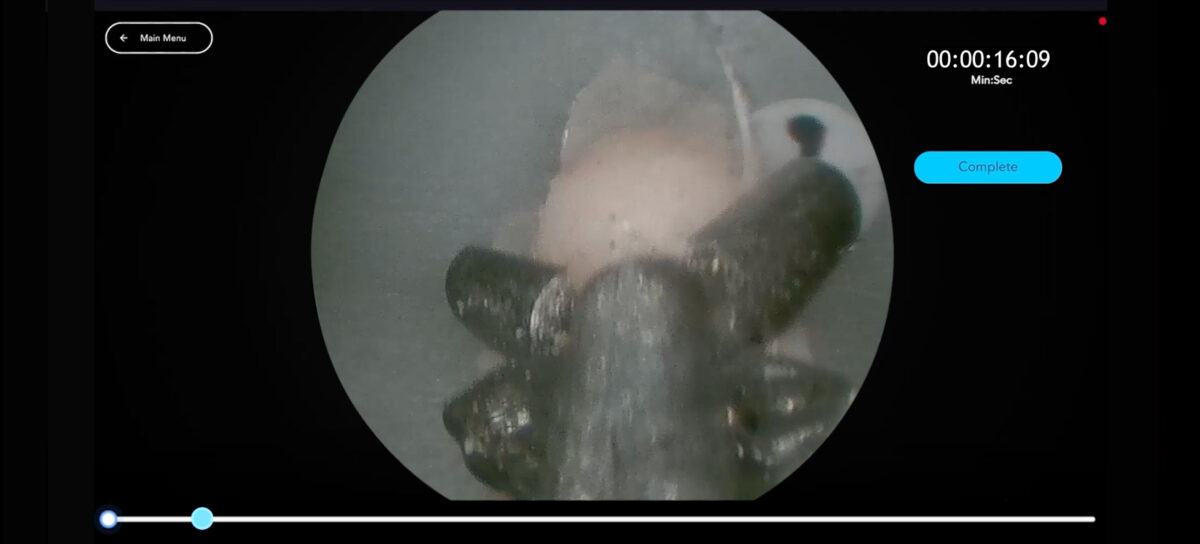
Basic Hysteroscopic instrument handling.
EMIGS H2
This module allows the user to practice both scope handling and basic Hysteroscopic instrument handling by removing small polyps with biopsy forceps.
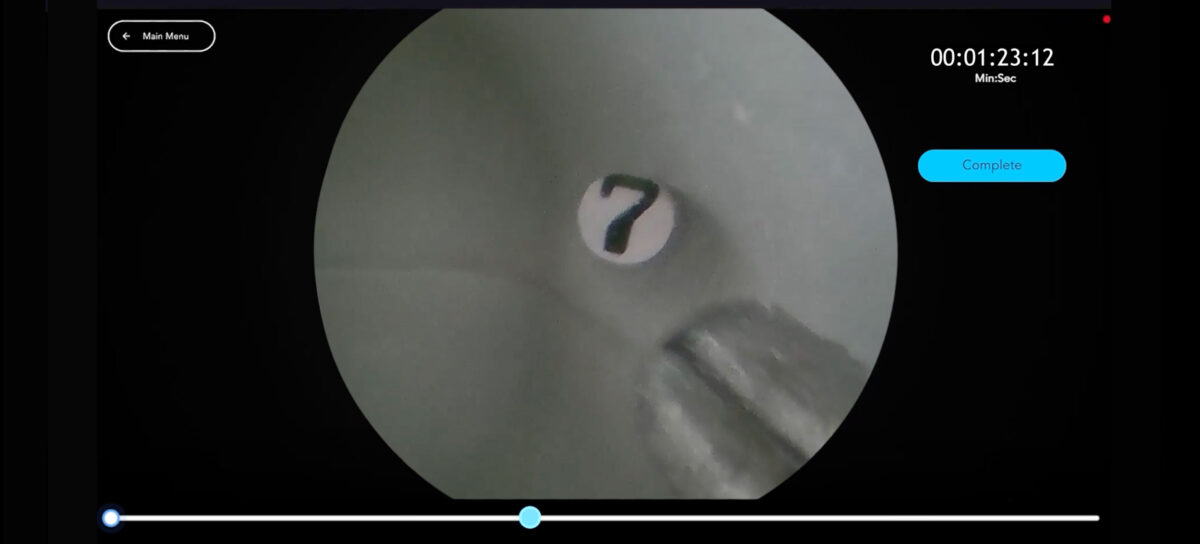
EMIGS Hysteroscope handling task.
EMIGS H1
This modules allows the user to finesse their basic scope handling skills in line with the EMIGS curriculum.
Training modules.
Learn how HystAR is connecting practice to procedure powered by Totum.
Progress from basic skills tasks to immersive, full procedure training on a single platform with this hybrid simulator that puts natural haptics first.
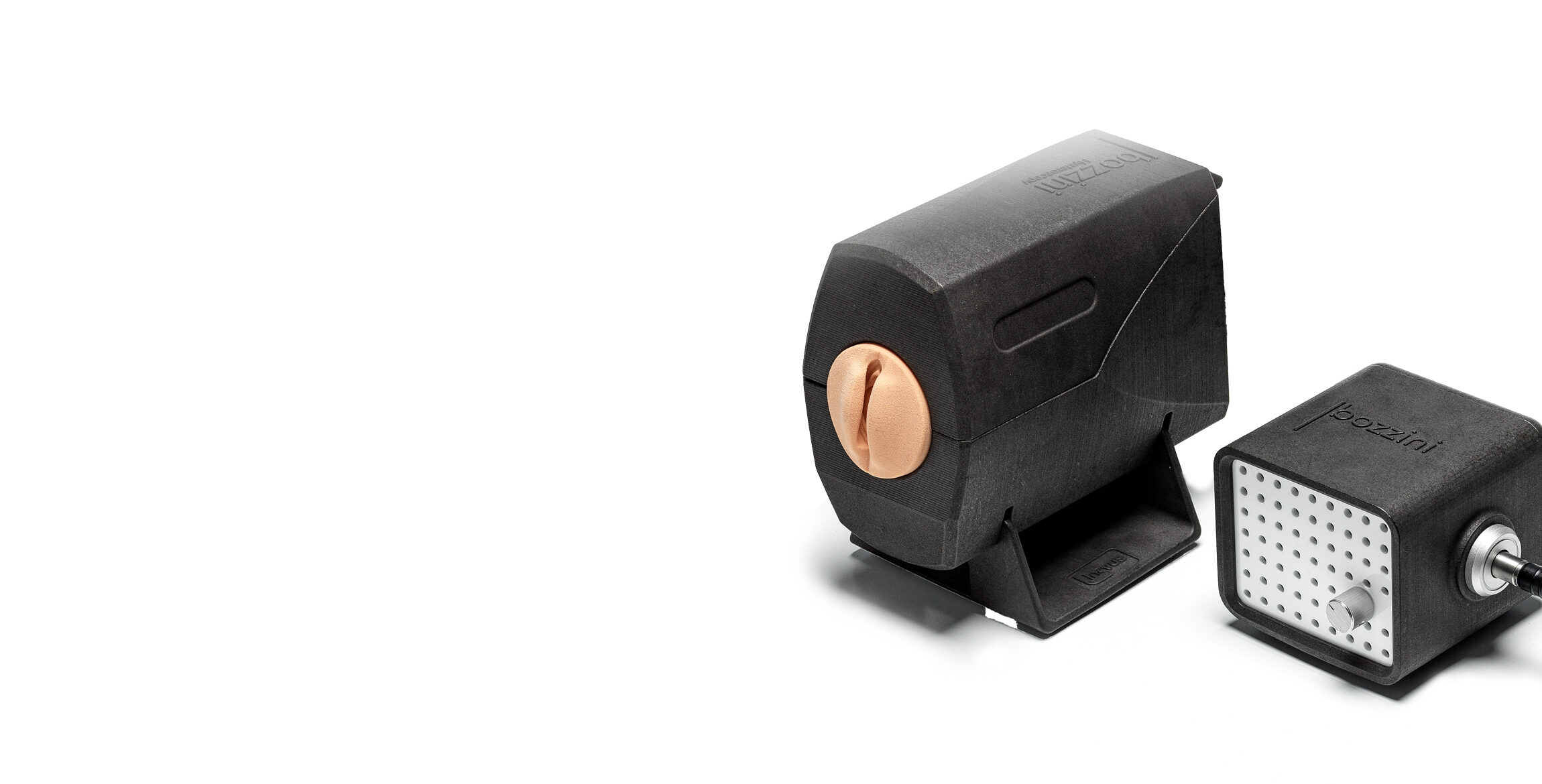
Natural Haptics
Practice with the tools you will use in the operating room and experience natural haptic feedback generated by synthetic soft tissues in wet lab and dry lab environments.
Certification
The official simulator of the AAGL EMIGS program and the GCH. Create your own assessment templates or work towards proficiency in standardised curricula including EMIGS. Every hour of training earns one continuing professional development (CPD) point with certificates issued directly from Totum.
Video Review
Record your training and play it back in the Totum platform. View video footage with side-by-side objective metrics for a rich learning experience. Muti-directional, written feedback with video time stamping allows trainees and trainers to work on perfecting surgical technique.
Full procedures
Perform high fidelity, simulated full procedures with fluid management. Work through the physical steps of full procedures with cognitive prompts provided along the way.
Device training
A single platform serving the full spectrum of training needs in hysteroscopy. Start with the standardised EMIGS tasks, progress to dry lab procedural training and work towards competency with any device using the wet lab tasks.